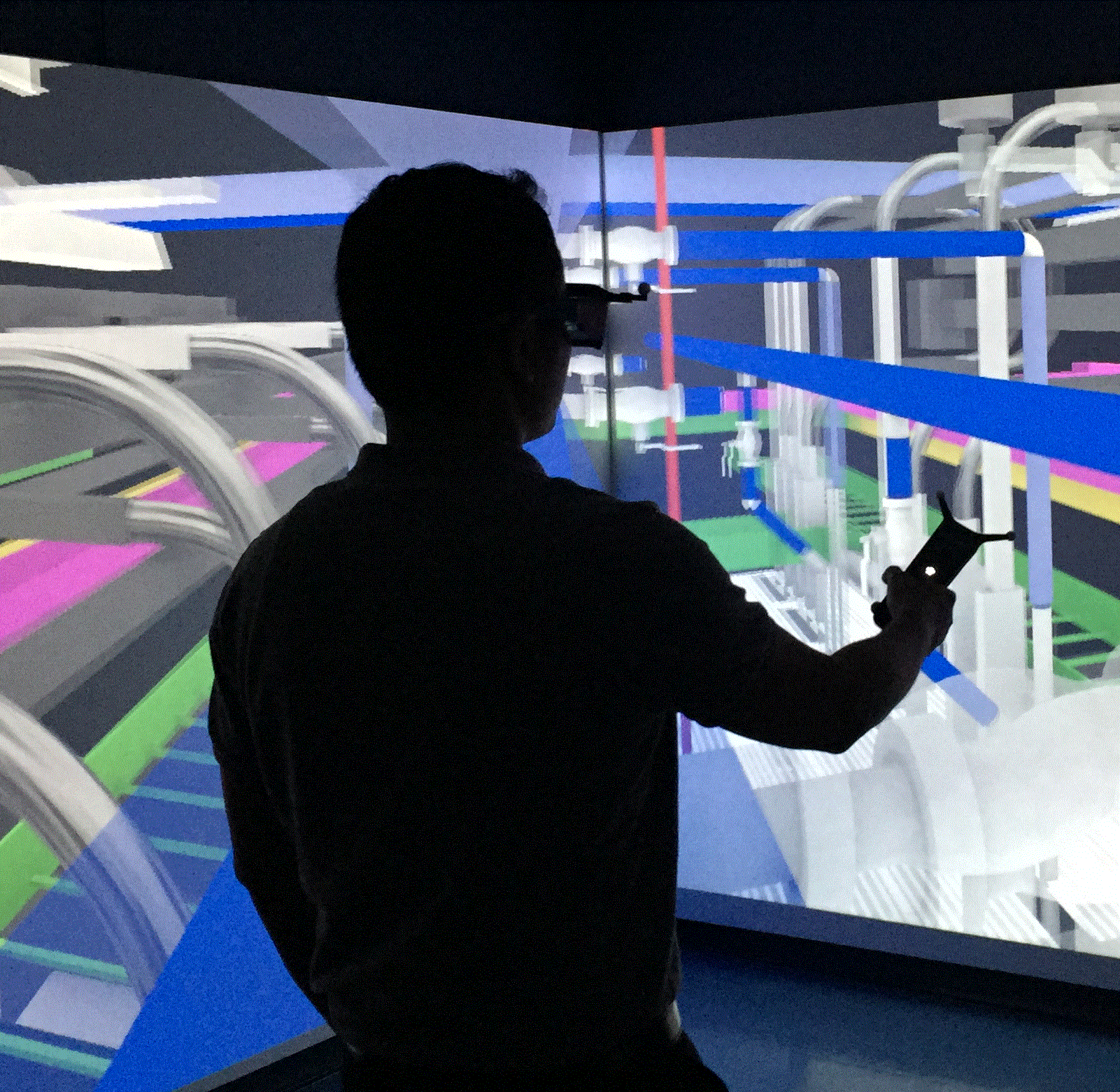Cell-based Construction Site Simulation Model for Earthmoving Operations using Real-time Equipment Location Data
Background
Simulation is a proven technique for effective construction site layout planning and heavy equipment resource optimization. Traditional simulation uses historical data as input for task durations. Data is fed into activity cycle diagrams which many times do not consider any of the rapidly changing spatial constraints that are present on a construction site. Very little research has been conducted towards more realistic, real-time simulation involving data gathering from live actors and documenting the effect of potential changes to such a spatial-temporal work environment.
Methods
Cell-based simulation, incorporating continuous spatial changes to the site layout during project operations and real-time Global Positioning System (GPS) location tracking data from equipment resources, is introduced for more realistic and rapid modeling. The potential of analyzing and visualizing the effects of spatial consideration of varying resource combinations in earthmoving cycles on productivity and site congestion are explored. It provides insight and awareness in decision making for resource management, site layout and internal traffic control planning.
Results
The proposed cell-based simulation system handles complex and more realistic scenarios. Various cell parameters were tested in a case study of common earthmoving operations. The advantages of the cell-based over a traditional simulation model include ease of visualization and simplicity in modeling spatial constraints (e.g., ramp restricting traffic to one-way flow). The system provides full control over the flow of resources by using predefined rules or algorithms. It simplifies the design process since, except for some certain key cells, other ordinary cells followed the same rules without being programmed individually. Future research may involve multiple, non-interacting crews competing for resources and study of time-space conflicts in more detail.
Conclusions
The presented cell-based simulation system is able to model and visualize the cyclic activities of earthmoving equipment that occur on a construction site in greater detail than previous simulation methods have done. Using near real-time location data from equipment as input value in the simulation helps construction site project engineers, planners, and managers to improve coordination and monitoring of such construction resources.
